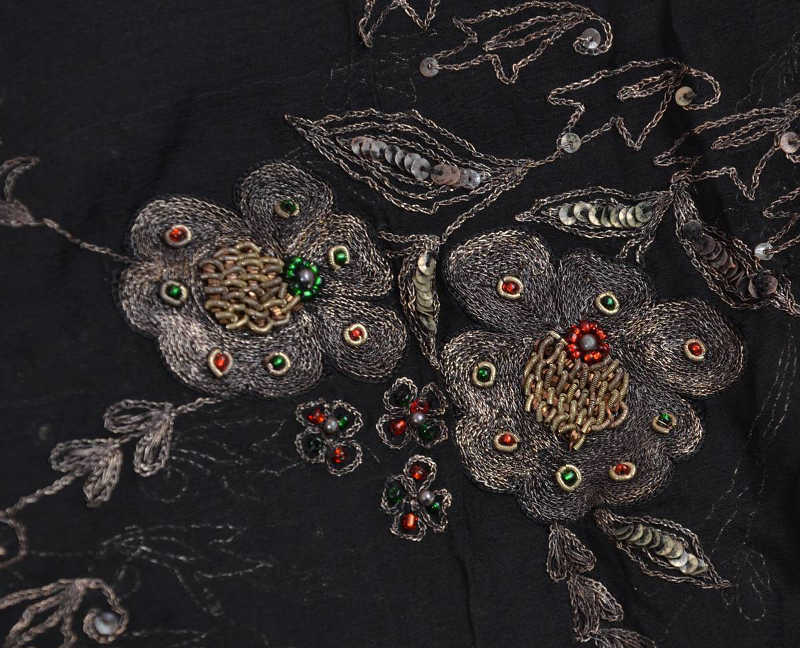===
0095,
11
===

=== |
 |
ġhubār : 'Dust; clouds of dust; a dust-storm; vapour, fog, mist, mistiness; impurity, foulness; (met.) vexation, soreness, ill-feeling, rancour, spite; affliction, grief; perplexity'. (Platts p.769)
FWP:
SETS
MOTIFS == CANDLE; EYE; GATHERINGS; GAZE; JALVAH
NAMES == MOTH
TERMS == 'DELICACY OF THOUGHT'; 'THOUGHT-BINDING'; WORDPLAYThe idea of 'dust' in the eye offers a variety of possible meanings, all relevant: 1) the literal: physical dust in one's eye, so that the vision is obscured; 2) grief or vexation; 3) something contemptible or vile ('impurity, foulness'). This multivalence in the use of ġhubār (see the definition above) is what energizes the verse.
SRF finds this verse to be an excellent example of 'delicacy of thought' and 'thought-bindingness'-- the kind of thing that's usually associated with Ghalib. But delicacy or subtlety or refinement of thought is only a means to an end, and that end is the enjoyment felt by the reader. The present verse offers a moderate, adequate amount of such enjoyment, administered in a single jolt (the 'dust in the eye' of the Moth).
For a brilliant, overflowing amount, administered in repeated and cumulative doses, here's a verse of Ghalib's that similarly deals with tiny but emblematic worlds. Where Mir gives us the dust in the Moth's eye, Ghalib gives us the lamp-display in the bedchamber of the Moth's heart:
G{81,3}
The baroque, over-the-top quality of Ghalib's verse is even more conspicuous than that of the present verse. But its wild, free, intellectual play is an endless and un-pin-downable delight.